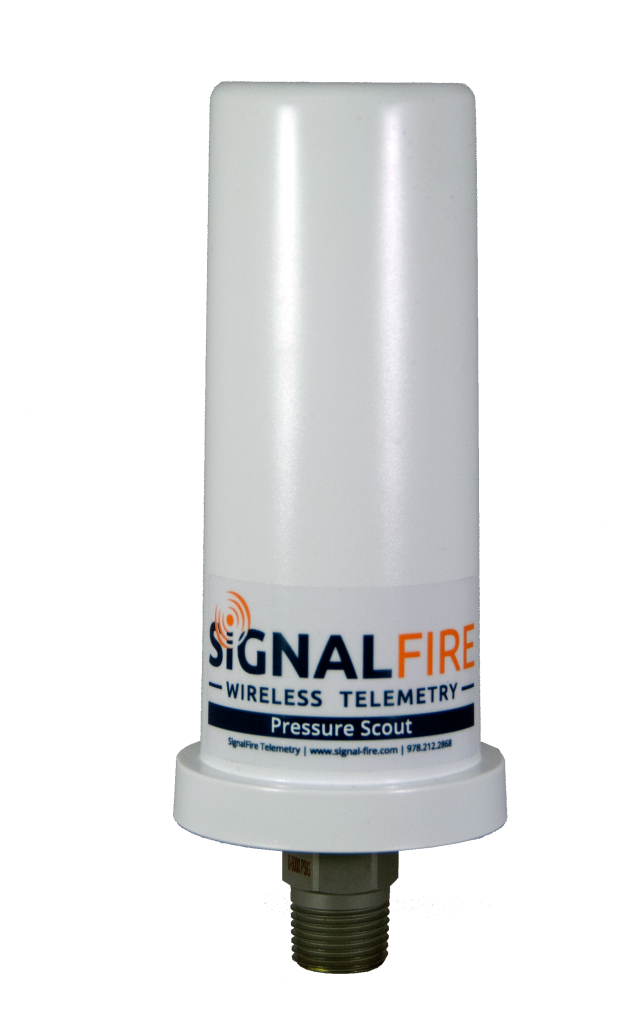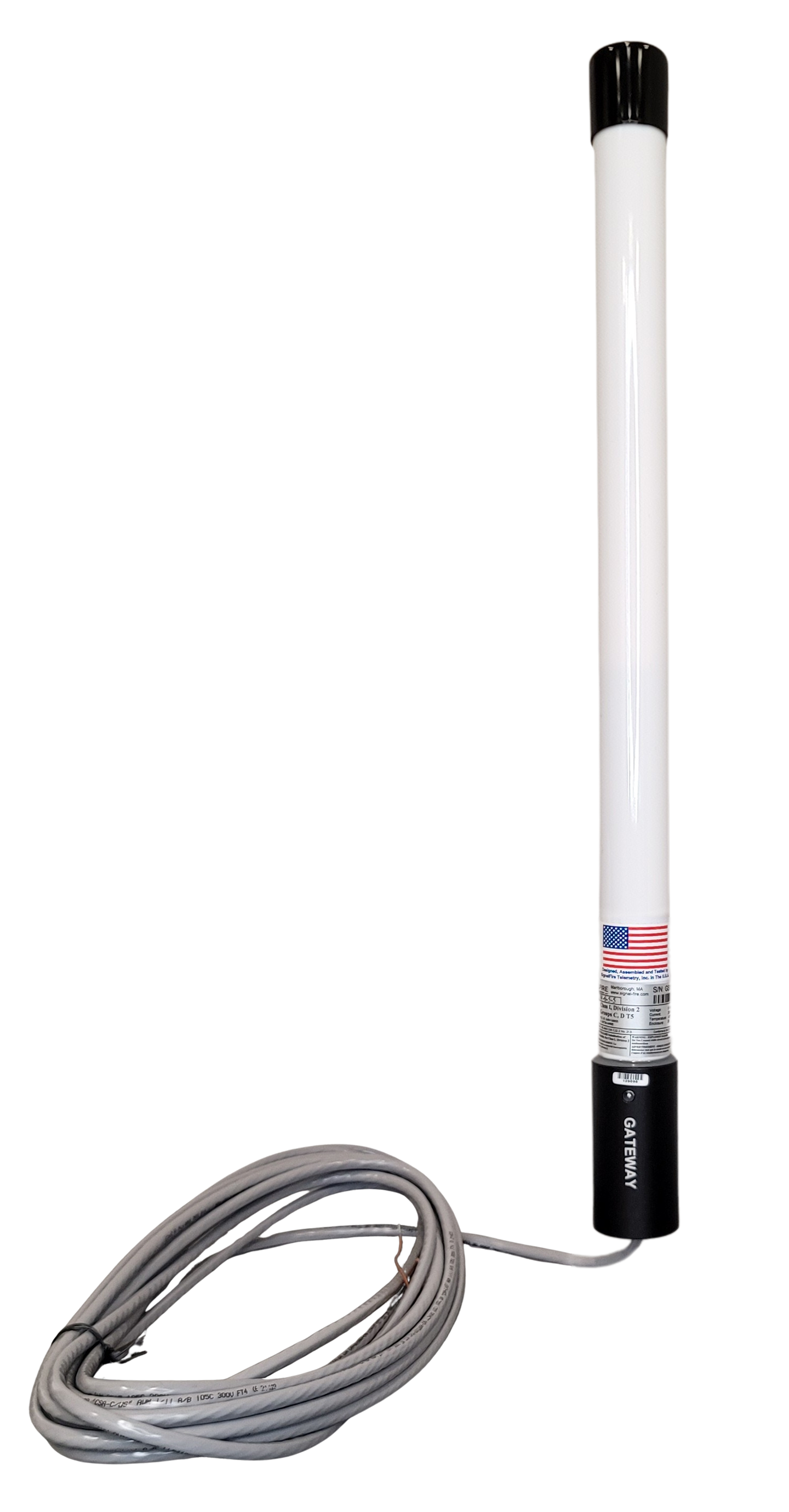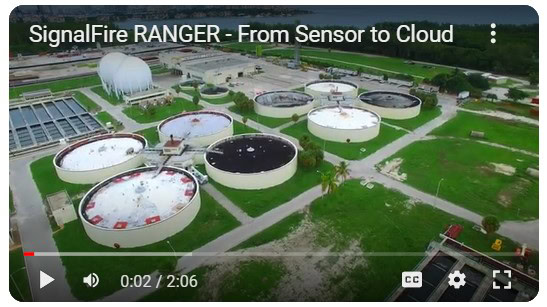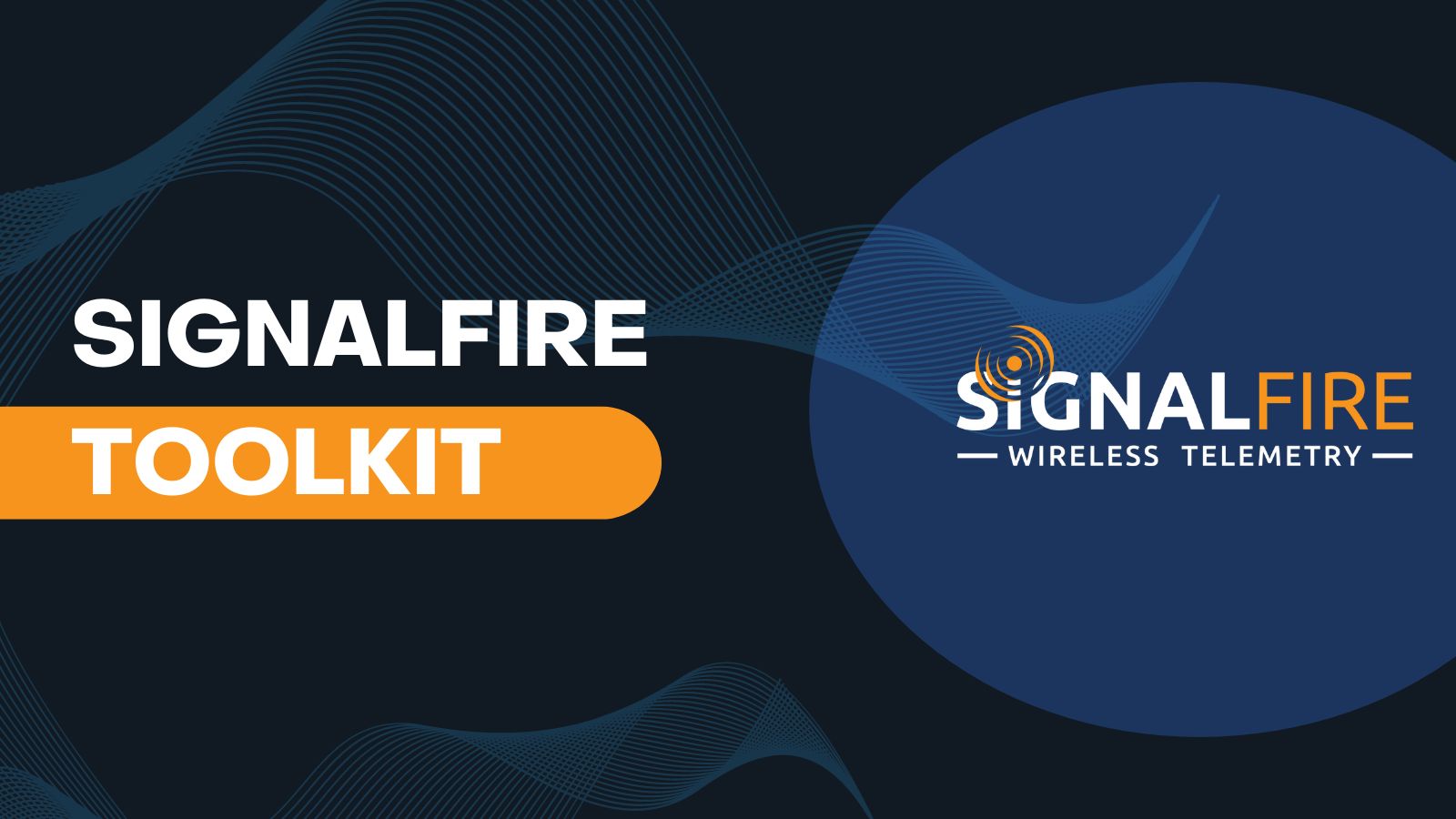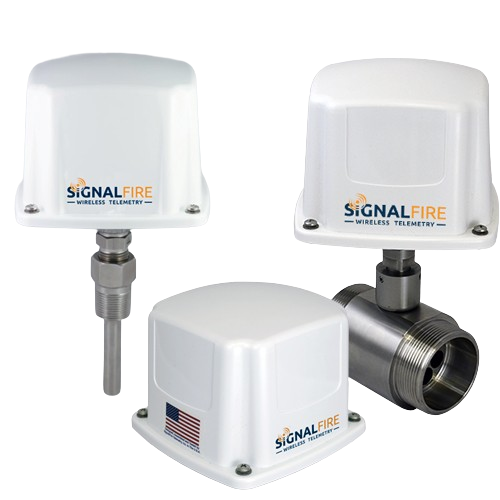| Configuring a Sentinel Modbus with the Electrolab DLS 2100 | Tech Note | 900 MHz, Sentinel | pdf | | |
| E-Stop Sentinel Kit | Drawing | Sentinel | pdf | | |
| High Capacity Solar System Dimensional Drawing | Drawing | Sentinel, Solar | pdf | | |
| Node Right Angle Bracket Dimensional Drawing | Accessories, Drawing | Node Checker, RANGER, Sentinel | pdf | | |
| Sentinel – Analog Manual | Manual | 900 MHz, Sentinel | pdf | | |
| Sentinel – Control Drawing -Digital and Turbine | Drawing | 900 MHz, Sentinel | pdf | | |
| Sentinel – Control Drawing – HART and Analog | Drawing | 900 MHz, Sentinel | pdf | | |
| Sentinel – Control Drawing – Modbus 2DI | Drawing | 900 MHz, Sentinel | pdf | | |
| Sentinel – Control Drawing – Modbus, Thermocouple, RTD, and Float Stick | Drawing | 900 MHz, Sentinel | pdf | | |
| Sentinel – Digital Manual | Manual | 900 MHz, Sentinel | pdf | | |
| Sentinel – HART Manual | Manual | 900 MHz, Sentinel | pdf | | |
| Sentinel – HC Solar TekTrol Bracket Kit 3D Model | 3D Models, Accessories, Drawing | Sentinel, Solar | zip | | |
| Sentinel – HC Solar TekTrol Bracket Kit Dimensional Drawing | Accessories, Drawing | Sentinel, Solar | pdf | | |
| Sentinel – Modbus Manual | Manual | 900 MHz, Sentinel | pdf | | |
| Sentinel – Modbus with 2DI Manual | Manual | 900 MHz, Sentinel | pdf | | |
| Sentinel – POT Interface Manual | Manual | 900 MHz, Sentinel | pdf | | |
| Sentinel – RTD Manual | Manual | 900 MHz, Sentinel | pdf | | |
| Sentinel – Thermocouple Manual | Manual | 900 MHz, Sentinel | pdf | | |
| Sentinel – Turbine Manual | Manual | 900 MHz, Sentinel | pdf | | |
| Sentinel – Wiring Diagram – ANALOG with External Loop Power | Drawing | 900 MHz, Sentinel | pdf | | |
| Sentinel – Wiring Diagram – HART with External Loop Power | Drawing | 900 MHz, Sentinel | pdf | | |
| Sentinel 3D Model | 3D Models, Drawing | 900 MHz, Sentinel | zip | | |
| Sentinel Analog with NAMUR | Tech Note | Sentinel | pdf | | |
| Sentinel and Scout Battery Life Estimates | Tech Note | Sentinel | pdf | | |
| Sentinel Datasheet | Datasheet | 900 MHz, Sentinel | pdf | | |
| Sentinel Dimensional Drawing | Drawing | 900 MHz, Sentinel | pdf | | |
| Sentinel Family Hazardous Location C1D1 Certificate | Certificate | 900 MHz, Sentinel | pdf | | |
| Sentinel FCC Certificate | Certificate | 900 MHz, Sentinel | pdf | | |
| Sentinel HC Solar 3D Model | 3D Models, Drawing | 900 MHz, Sentinel, Solar | zip | | |
| Sentinel HC Solar Magnetrol 706 Bracket Kit 3D Model | 3D Models, Accessories, Drawing | Sentinel, Solar | zip | | |
| Sentinel HC Solar Magnetrol 706 Bracket Kit Dimensional Drawing | Accessories, Drawing | Sentinel, Solar | pdf | | |
| Sentinel HC Solar Mechanical Drawing | Drawing | 900 MHz, Sentinel, Solar | pdf | | |
| Sentinel HC Solar Pole Mount Bracket Kit Dimensional Drawing | Accessories, Drawing | Sentinel, Solar | pdf | | |
| Sentinel HC Solar Rosemont 5300 Bracket Kit Dimensional Drawing | Accessories, Drawing | Sentinel, Solar | pdf | | |
| Sentinel HC Solar System Manual | Manual | 900 MHz, Sentinel, Solar | pdf | | |
| Sentinel HC Solar Vega Radar Bracket Kit Dimensional Drawing | Accessories, Drawing | Sentinel, Solar | pdf | | |
| Sentinel HC Solar Yokogawa EJA Bracket Kit Dimensional Drawing | Accessories, Drawing | Sentinel, Solar | pdf | | |
| Sentinel IC Certificate | Certificate | 900 MHz, Sentinel | pdf | | |
| Sentinel Modbus with Ultima X | Tech Note | 900 MHz, Sentinel | pdf | EN | |
| Sentinel-HC Solar Rosemont 5300 Bracket Kit 3D Model | 3D Models, Accessories, Drawing | Sentinel, Solar | zip | | |
| Sentinel-HC Solar-Pole Mount Bracket Kit 3D Model | 3D Models, Accessories, Drawing | Sentinel, Solar | zip | | |
| Sentinel-High Capacity Solar Vega Radar Bracket Kit 3D Model | 3D Models, Accessories, Drawing | Sentinel, Solar | zip | | |
| Sentinel-High Capacity Solar Yokogawa EJA Bracket Kit 3D Model | 3D Models, Accessories, Drawing | Sentinel, Solar | zip | | |
| Sentinel-Solar to Nivelco Bracket Dimensional Drawing | Accessories, Drawing | Sentinel, Solar | pdf | | |
| Sentinel-Solar to Rosemount 3051 Bracket Dimensional Drawing | Accessories, Drawing | Sentinel, Solar | pdf | | |
| Sentinel/RANGER Remote Mount Bracket Dimensional Drawing | Accessories, Drawing | RANGER, Sentinel | pdf | | |
| SignalFire Helps Companies Manage their ESG Risks | Tech Note | Pressure Scout, Sentinel | pdf | | |
| URCA Certifications | Certificate | 900 MHz, DIN Gateway, Gateway, Modbus, Pressure Scout, Sentinel, Tilt Scout | pdf | | |
